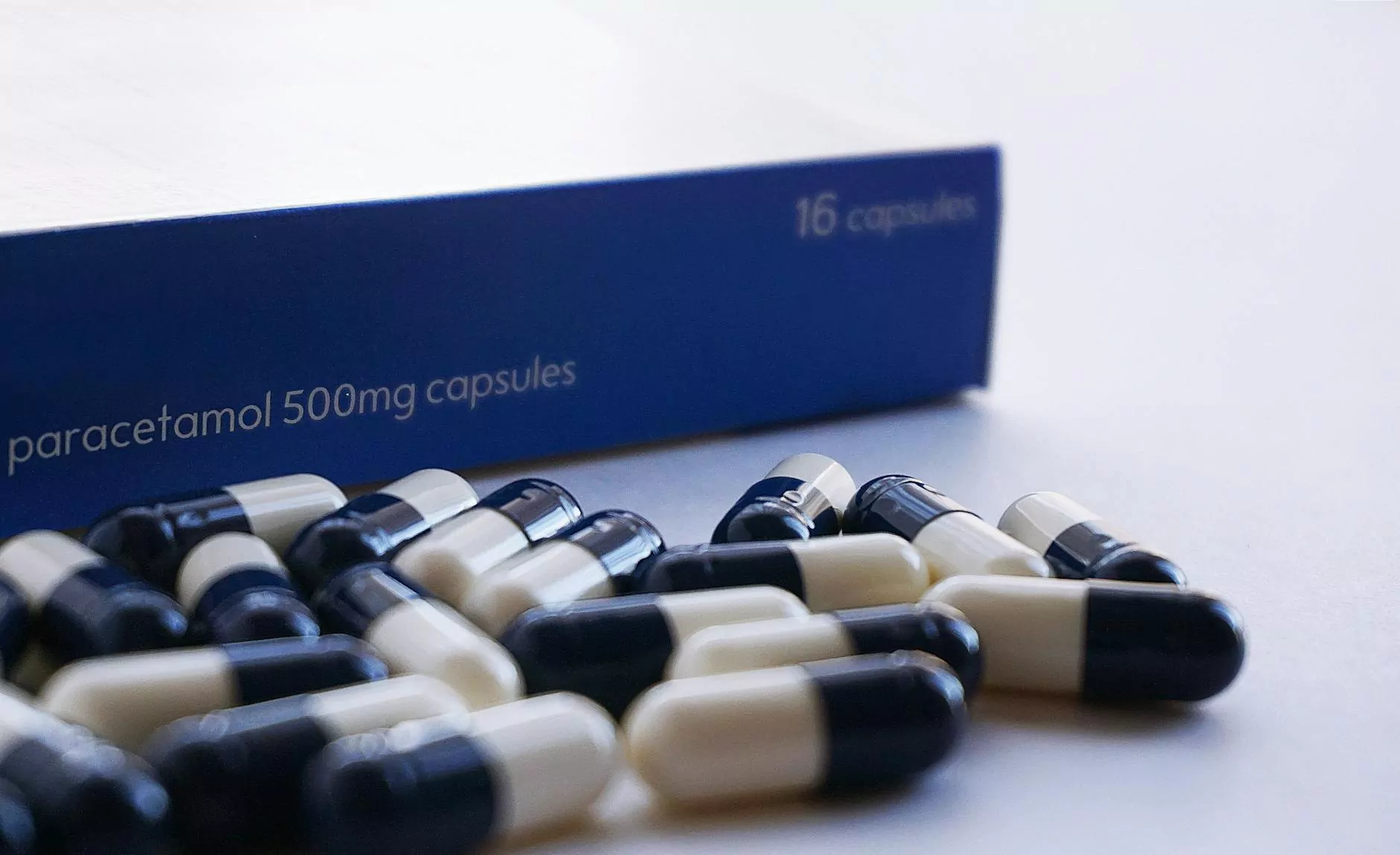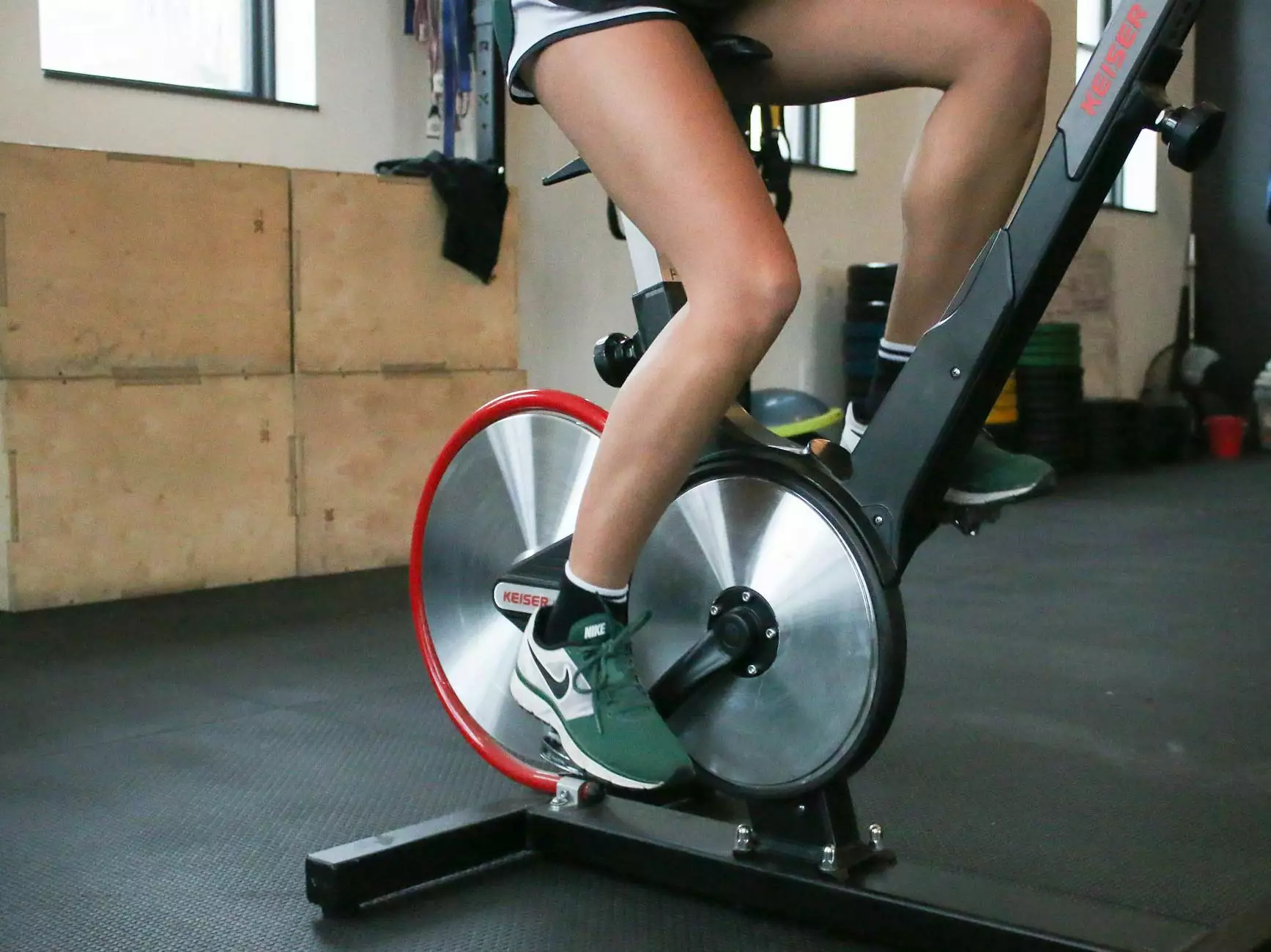Is Heat or Ice Better for Getting Rid of Lower Back Pain?
Blog
Introduction
Welcome to Regency Square Care Center, your trusted source for health tips and advice in the field of geriatric and aging care. In this article, we'll explore the age-old question: Is heat or ice better for alleviating lower back pain? We understand that managing back pain is a common concern for many older adults, and we're here to provide you with valuable insights and expert recommendations to help you find relief.
Understanding Lower Back Pain
Lower back pain is a prevalent condition that affects millions of individuals worldwide. It can significantly impact mobility, quality of life, and overall well-being, especially for older adults. While there are various causes of lower back pain, such as muscle strains, herniated discs, and arthritis, the focus of this article is on managing acute cases through heat and ice therapy.
The Benefits of Heat Therapy
Heat therapy involves applying warmth to the affected area, which can help relax muscles, increase blood flow, and relieve pain. Heat is generally recommended for chronic conditions or non-inflammatory injuries. Here are some key benefits of applying heat to alleviate lower back pain:
- Promotes muscle relaxation
- Improves blood circulation to the area
- Reduces stiffness and increases flexibility
- Alleviates chronic muscle tension
- Enhances the effectiveness of stretching and exercise
Heat therapy can be delivered through various methods, including hot water bottles, heating pads, warm baths, or even warm gel packs. Remember to use a barrier, such as a towel, between the heat source and your skin to prevent burns or discomfort.
The Advantages of Ice Therapy
Ice therapy, also known as cold therapy, involves applying a cold pack or ice to the affected area. Cold therapy is particularly beneficial for acute injuries or inflammations. Let's explore the advantages of using cold therapy to manage lower back pain:
- Reduces inflammation and swelling
- Numbs the area, providing immediate pain relief
- Helps limit the impact of trauma or injuries
- Minimizes muscle spasms
- Can alleviate acute pain associated with certain conditions
To apply ice therapy, wrap an ice pack in a thin towel and place it on the affected area for about 15 to 20 minutes. It's crucial to refrain from applying ice directly to the skin to avoid frostbite or skin damage.
When to Use Heat or Ice?
Choosing between heat or ice therapy ultimately depends on the nature of your lower back pain. However, a general guideline you can follow is to use heat therapy for chronic pain or muscle tension, and ice therapy for acute injuries or inflammations. It's essential to consult with a healthcare professional to determine the best approach for your specific condition.
Other Tips for Managing Lower Back Pain
In addition to heat and ice therapy, here are some other effective strategies to manage and prevent lower back pain:
- Engage in regular low-impact exercises, such as walking or swimming
- Practice proper posture and body mechanics
- Use supportive pillows or cushions while sitting or sleeping
- Take breaks to stretch and move around during extended periods of sitting or standing
- Consider complementary therapies like massage or acupuncture
- Maintain a healthy weight to reduce strain on your back
- Quit smoking, as it inhibits blood flow and can worsen back pain
Conclusion
In conclusion, both heat and ice therapy can be valuable tools in managing lower back pain. Heat therapy offers benefits like muscle relaxation and improved circulation, while ice therapy helps reduce inflammation and provide immediate relief. Remember to assess the nature of your pain and consult with a healthcare professional to determine the most suitable approach for your individual needs. At Regency Square Care Center, we prioritize your well-being and are here to support you on your journey to a pain-free life.










